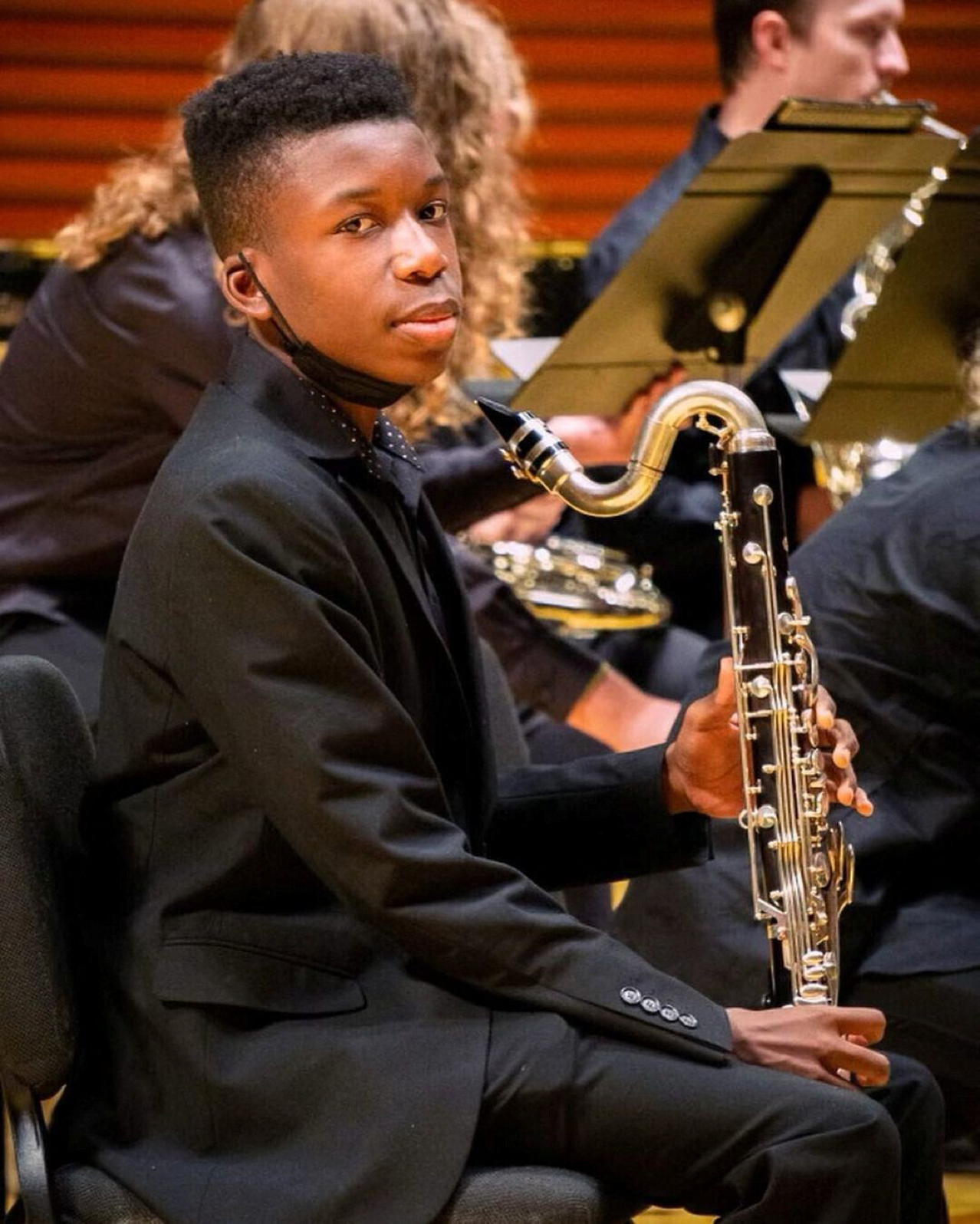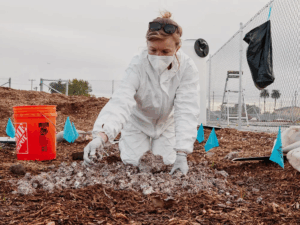We now have to add “arriving at the wrong address” to the ever-growing list of things never to do while Black.
As of this week, 16-year-old Ralph Yarl is home with his loved ones recovering after being shot multiple times — including once in the head — by Andrew D. Lester, an 84-year-old white man who believed Yarl was an intruder, according to prosecutors. Last Thursday evening, the teen mistakenly arrived at the wrong address in an attempt to pick up his twin younger brothers from a friend’s house and rang the doorbell, only to get shot at through the front door’s glass.
Initially, Lester was reportedly taken into custody by police and released after 24 hours. After intense pressure from social media and protesters outside Lester’s home, he was finally charged by Kansas City police. On Monday, Lester was charged with felony first-degree assault, punishable by a maximum of 30 years to life in prison, as well as armed criminal action.
A completely essential daily guide to achieving the good life.
Subscribe to The Good Life email.
The news of Yarl’s healing is certainly fortunate compared with so many other stories about Black teens violently assaulted (or killed) by white people who “feared for their lives” in situations that perplexed us. Yet, this story is traumatizing to say the least, especially for Black parents.
We are praying for Yarl’s recovery and awaiting Lester’s fate, all while processing extremely intense emotions. We are primarily grappling with the reality that this moment is yet another in a seemingly never-ending cycle of violence against innocent Black children. Every single year, it seems, “the talk” Black parents have to give their kids — about safely navigating life in a country that only sees them as a threat — gets longer and longer, with more stipulations, conditions and warnings.
As a Black woman, I have always feared ending up in the wrong white space at the wrong time. Now as a parent, the fear is multilayered. My child is only a toddler, but I know I’ll inevitably have to tell them the truth about their world sooner rather than later. What happened to Yarl proves the vastness of the scenarios in which our Black sons’ lives are pointlessly endangered.
When I was younger, I got “the talk” in doses. My earliest doses were lessons in extreme awareness of my surroundings. I was taught to pay attention to how my presence may make white people tense up, grab their purses, and follow me in stores or public places.
In a country where teachers are being told it’s not necessary or appropriate to discuss racism and systems of white supremacy, it continues to be crucial that Black children be sufficiently and lovingly warned about how they’ll be perceived. The message underneath all the preventive measures is that, regardless of accolades or success, your status as a Black person in America renders you a bodily threat. And while we’re reading about the respectability politics of what a “good” kid Yarl is (solid grades, in the school band, well-liked by his peers), none of that should matter when it comes to valuing his life.
Black children learn early that law enforcement’s (or any white person’s) ominous or lingering presence could mean the difference between life and death. This story is now another upsetting one added to the laundry list of cautionary tales Black parents tell their children, and it won’t be the last. Unfortunately, this conversation will continue to develop in Black homes as long as this country refuses to address racism.
And while the talk will get longer, it’s crucial to emphasize an essential detail that often gets buried beneath all the precautions: The hatred you attract is not, nor has it ever been, your fault.




